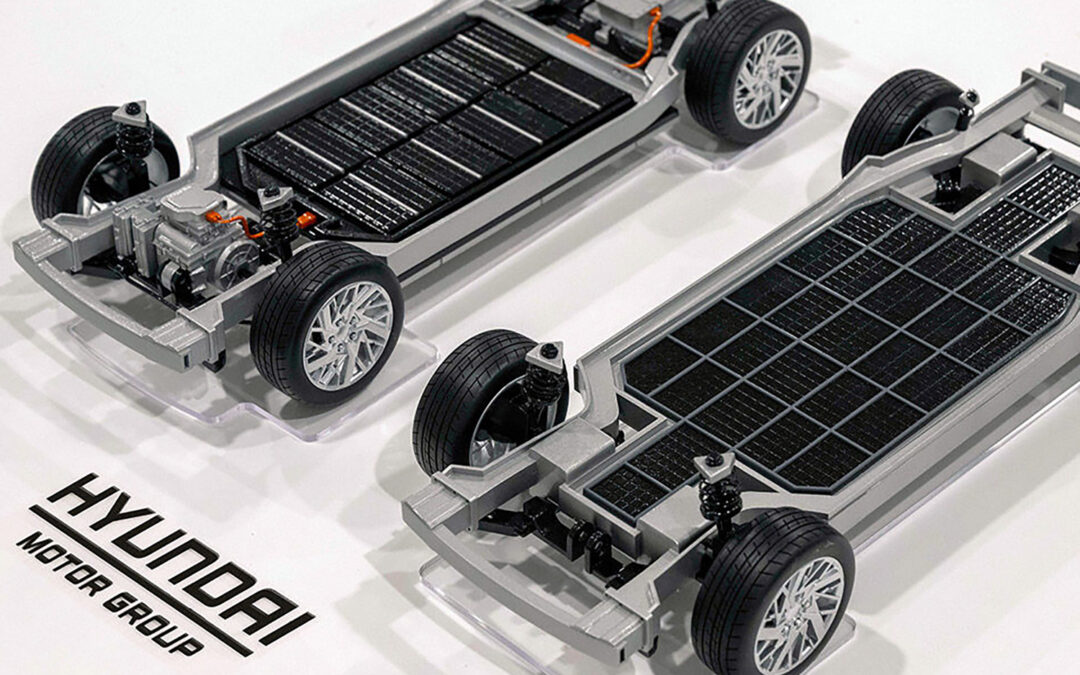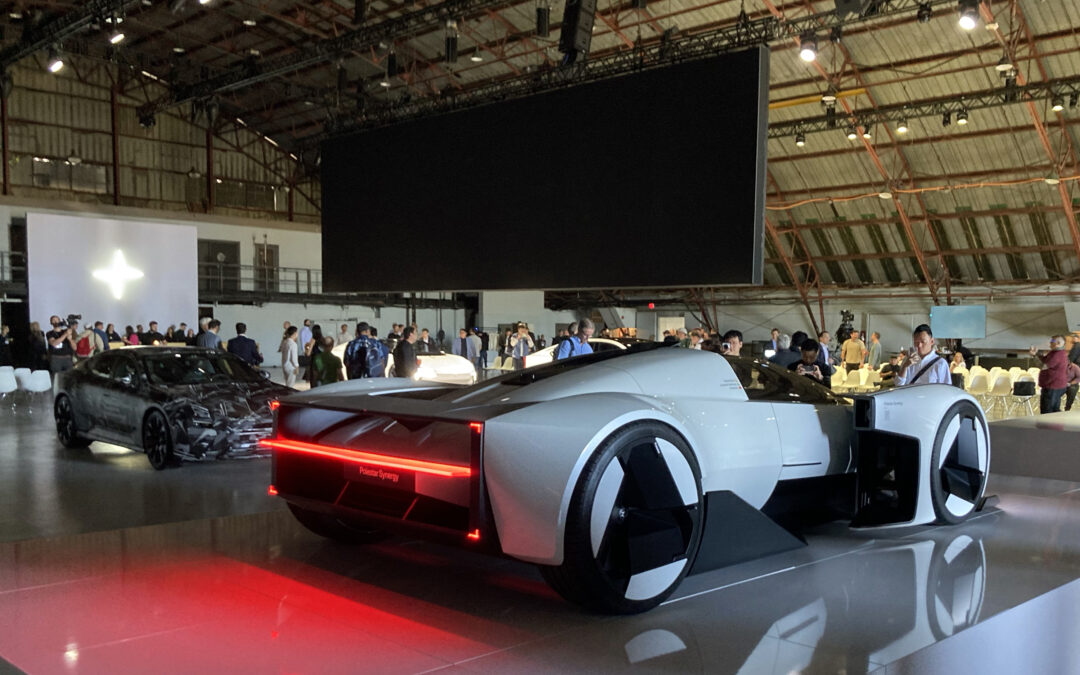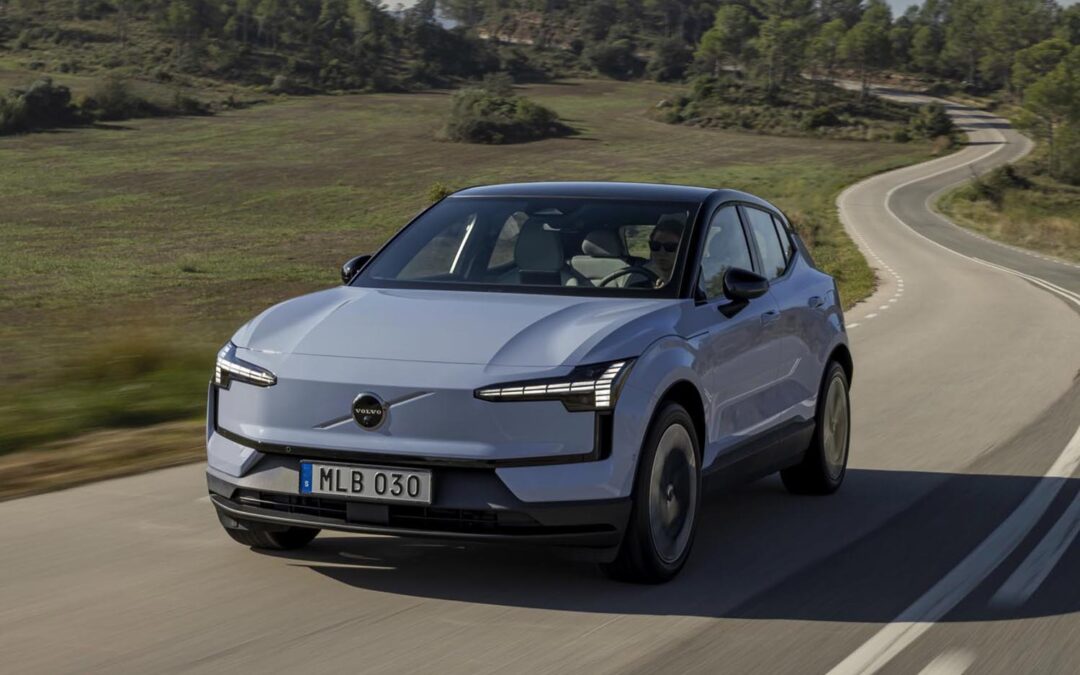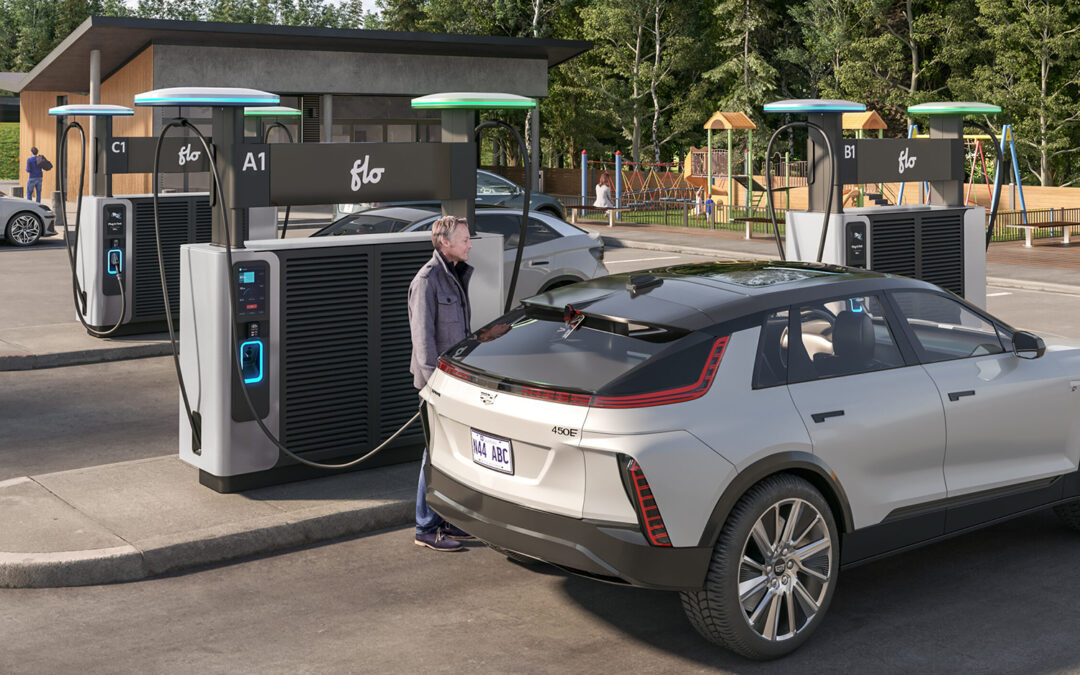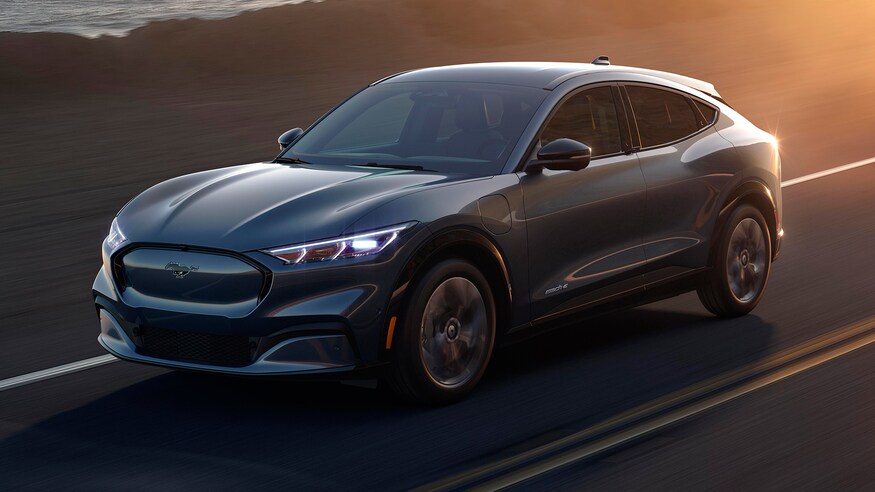Honda is set to release 30 fully-electric vehicles by 2030 – one of which is mooted to be an electric successor to the NSX sports car – as part of a massive, $50+ billion investment.
In total, “approximately” five trillion yen – just over $50 billion – will be specifically allocated to the development of Honda’s electrification and software technologies, including research and development and “separate investments,” as the Japanese marque looks to bolster its EV product line-up before the end of the decade. So dedicated is Honda to that cause, the investment is more than half of the company’s eight trillion yen overall R&D budget.
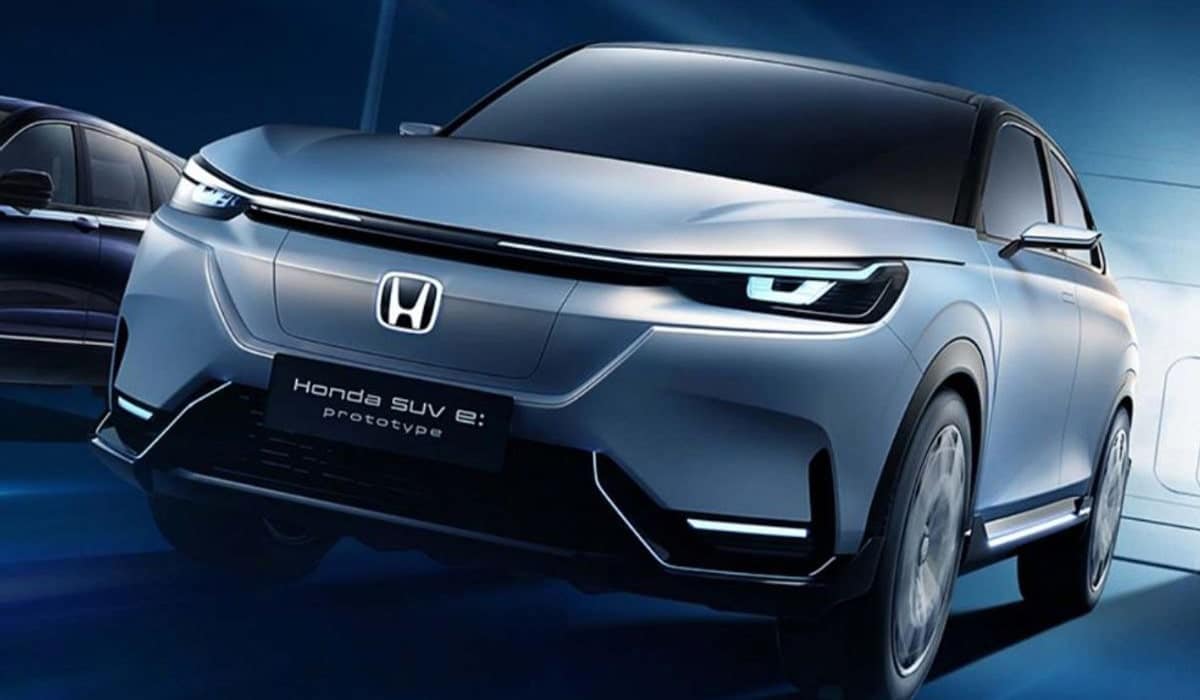
Honda electric SUV / Honda
The investment will see 30 full EVs launched by 2030 with production set to rise to “more than two million” units annually.
From 2024 onwards, two mid-to-large EVs being co-developed with General Motors – with whom Honda recently confirmed a joint-venture for a new EV series of vehicles – will be introduced specifically for the North American market. These include the anticipated Prologue SUV and an as-of-yet unnamed EV SUV for Honda’s premium Acura brand. Plans for North America also include a new production line, though the location has yet to be finalized.
Ten new EVs will be introduced in China by 2027, while in Japan, a “commercial-use-mini EV” will arrive in early 2024 before focus shifts to EV hatchbacks, sedans and SUVs. All models released from 2026 onwards will be built atop a new, EV-dedicated ‘Honda e: Architecture’.
Among the most notable models previewed during Honda’s press briefing though were two sports models that “embody Honda’s universal sports mindset and distinctive characteristics.” Though no further details were provided – aside that one would be a “specialty” model and the other a “flagship” – the shapes of the teased silhouettes have led many to suggest that at least one will be a new EV generation of the NSX.
Honda’s vaunted 1990s sports car was revived in 2016 after an 11-year hiatus, though production will come to a close at the end of the year. As well as showcasing its new EV architecture software, an all-electric NSX would keep Honda in the supercar segment as it transforms its business model, and would also offer a potential rival to the mooted EV LFA follow-up that fellow Japanese marque Lexus is working on.
Read more: GM, Honda join forces to develop affordable EVs
Alongside its bolstering EV product line-up, Honda has also renewed its commitment to a “zero environmental footprint” as the company aims to eliminate carbon emissions across its full gamut of products – including motorcycles, automobiles, “power products,” outboard motors and aircraft – and its “corporate activities” by 2050. The Japanese marque has highlighted hydrogen fuel cells and the electrification of its vehicles in a “multifaceted and multidimensional approach” and has also committed further to solid-state battery technology.
This includes, during the first half of the decade, the use of Ultium battery technology from GM, and strengthened relationships with batter specialists CATL and Envision AESC in China and Japan respectively. Honda also aims to have a new development line for SSB production up and operational by Spring 2024 at the cost of approximately 43 billion yen (around $433 million).

